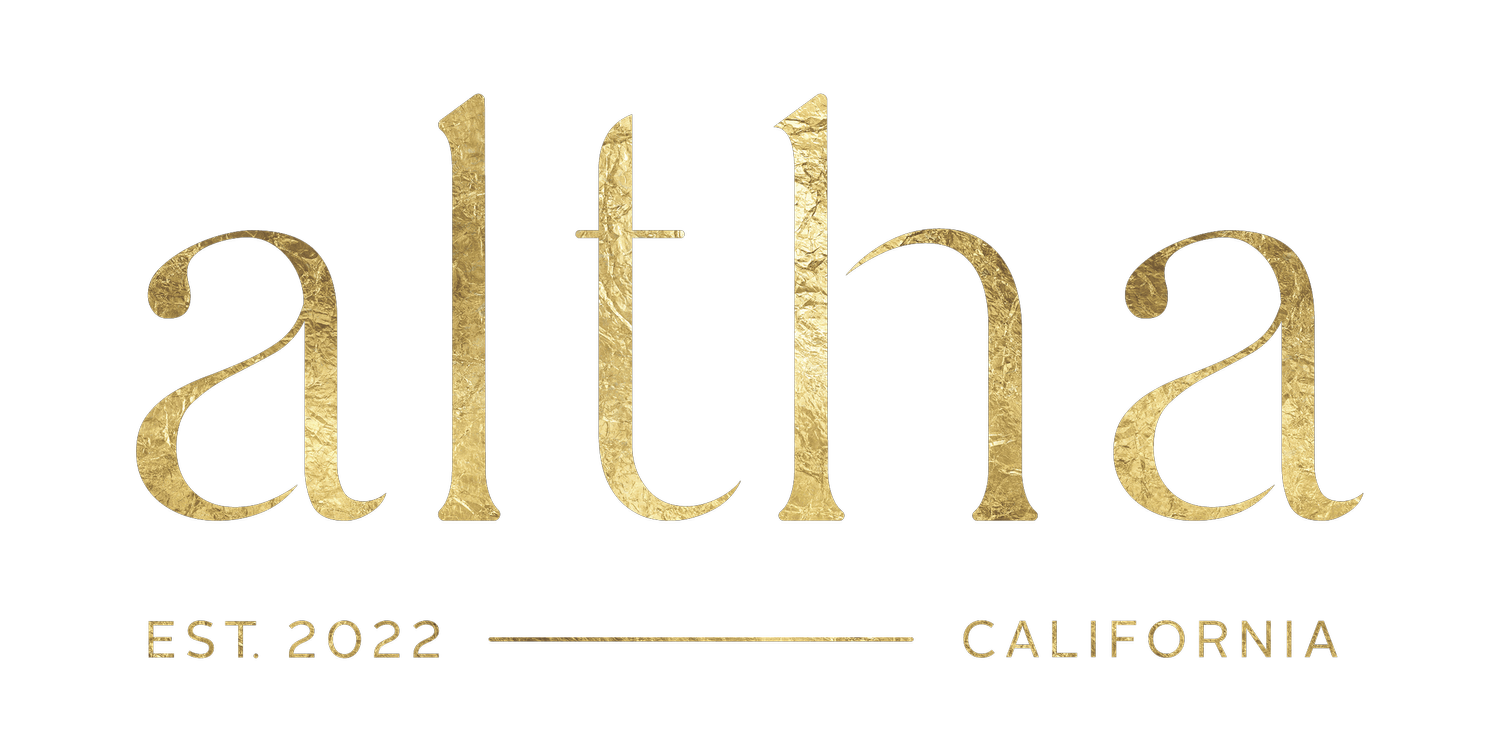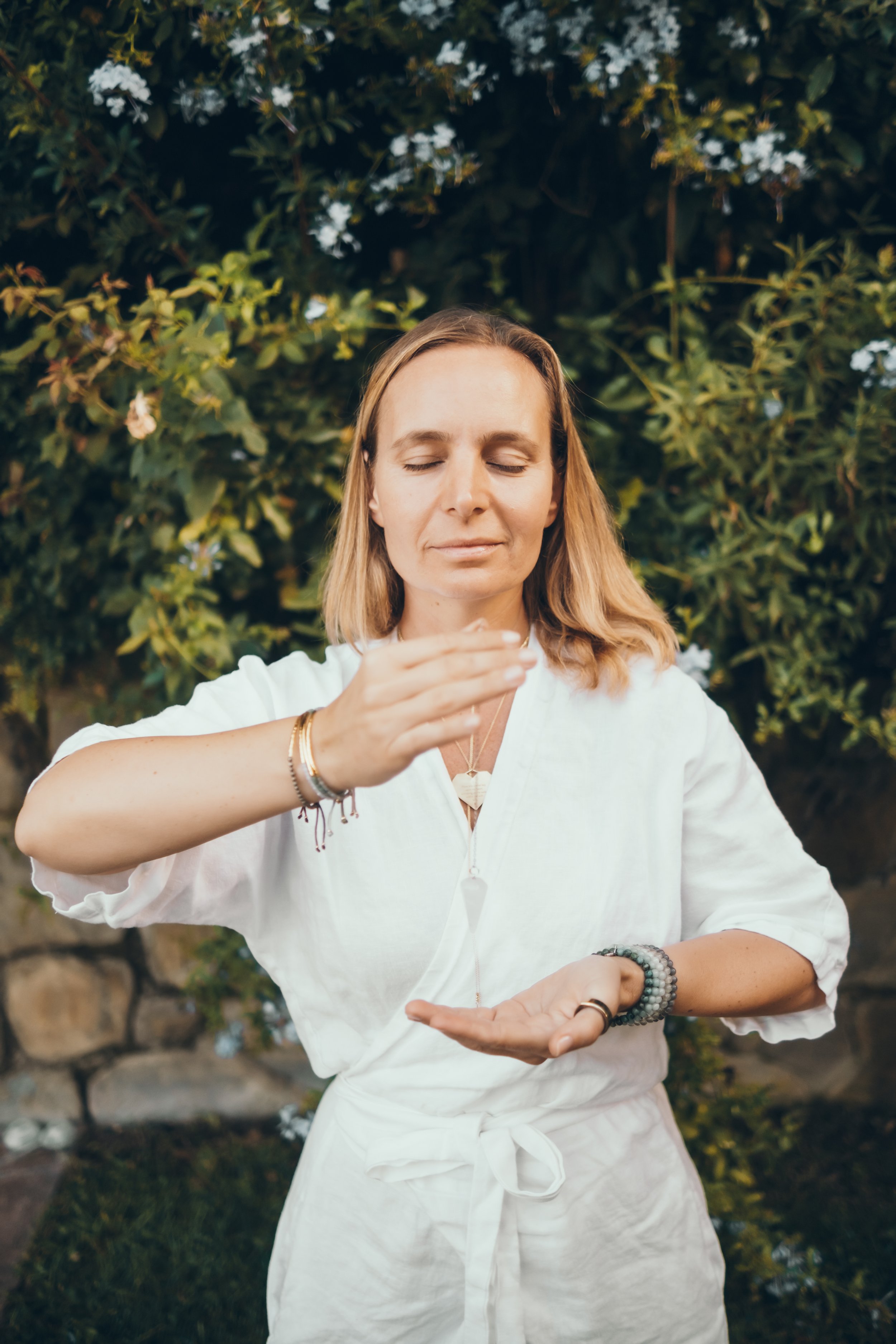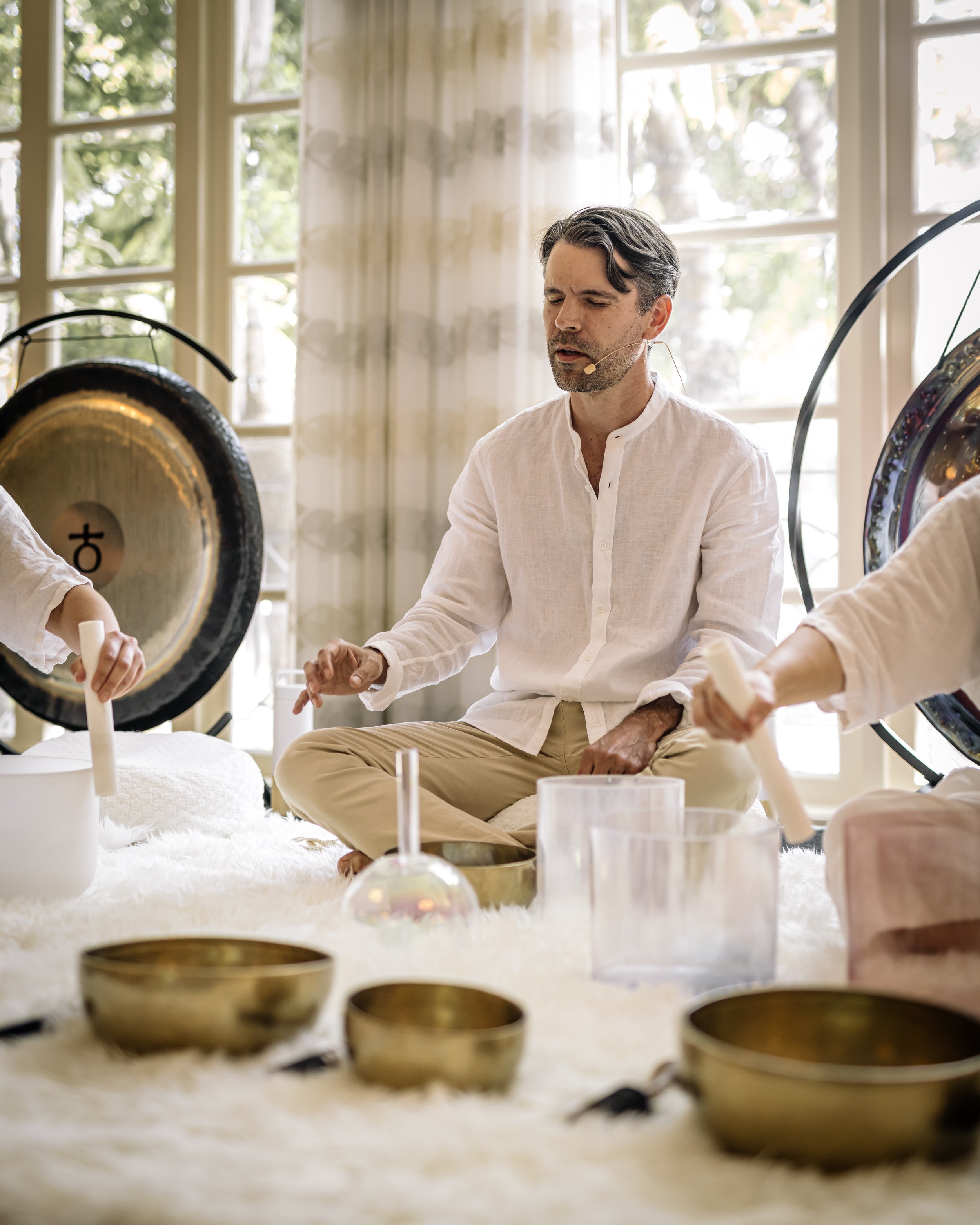The Basics of Breathwork
What is Breathwork?
If you haven’t heard of breathwork before, it is essentially the act of consciously manipulating your breathing patterns in order to influence your mental, emotional, and physical state. The systematic exercises are different depending on the desired outcome (relaxation, to energize, for focus etc.). Forms of breathwork have been practiced for centuries in many spiritual traditions, meditative traditions, and ancient yoga traditions but the term became more mainstream during the COVID era as celebrities such as Gwyneth Paltrow and Justin Bieber spoke about its benefits publicly – usually referencing the popular Dutch extreme athlete Wim Hof.
There are many different schools of breathwork and countless different breathing techniques (such as box breathing, breath of fire, ujjayi breathing, circular breathing, breath holding, nostril breathing etc.) but all of these various techniques are based on the premise of the connection between the mind and the body.
How Does Breathwork, Work?
Essentially breathwork works by manipulating our stress responses (our “fight or flight” response). We can either energize our stress response (for releasing emotions) or relax this response, enabling us to exit “fight or flight” mode and return to a calm equilibrium.
What Does Breathwork Feel Like?
Depending on the type of breathwork, you could experience any of the following symptoms simultaneously or separately; temperature changes, a deep sense of calm, lightheadedness, tingling in the hands, cramping and spasming of the hands, emotional release such as crying, intense feelings of joy, and losing sense of time.
What are the Benefits?
The benefits of breathwork usually depend on what your goal is as each exercise is quite different. However, it can improve a wide array of issues such as anger issues, depression, anxiety, physical pain, grief, and trauma. It can also help to boost immunity, build resilience, help process emotions, increase joy, and aid in personal development.
Scientifically, breathwork increases parasympathetic activity, heart rate variability, physiological flexibility, and is one of the most effective tools for managing stress (Cleveland Clinic Center for Functional Medicine). While one breathwork class can provide immediate benefits, the real benefits show when you practice regularly (at least a few times a week).
How Can I Try it Out?
Luckily in today’s digital age there are many ways you can practice breathwork. Some of our favorites are SOMA Breath, Wim Hof, Othership, and Black Girls Breathing but we advise you to do your own research and find out what works best for you.
We also recommend that you research reputable breathwork practitioners in your area to take an in-person class as it safer and usually much more effective if you are open to a more intense experience.
---
New to Altha? We are an LA-based modern sound healing-focused wellness company committed to creating bespoke experiences in Los Angeles, Beverly Hills, Marina Del Rey, Orange County and beyond!
If you are interested to learn about Meditation, Read our blog Introducing Kindrêd Meditation








